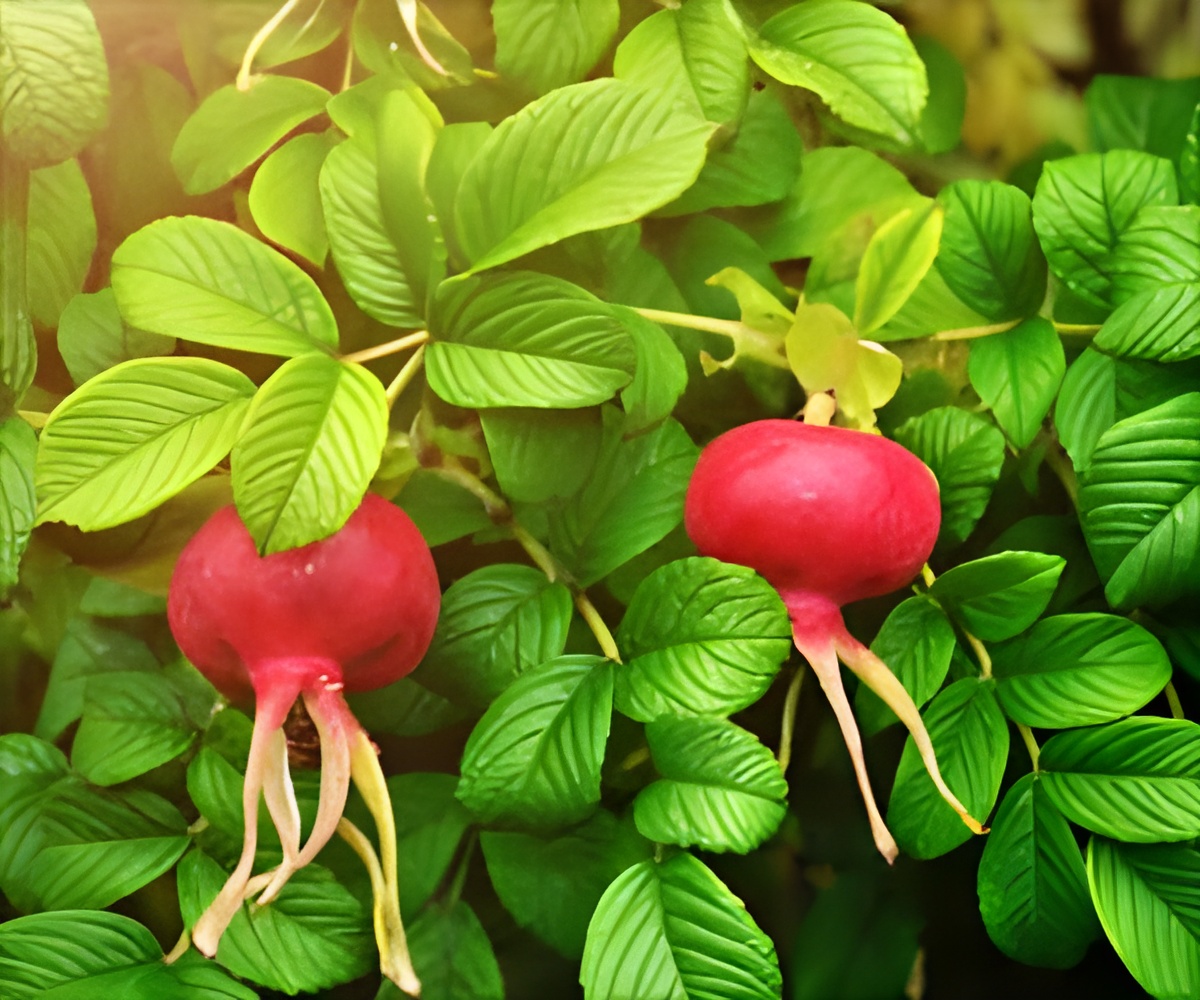Rose hip (rose haw) contains numerous health benefiting properties such as micronutrients and phytochemicals which can improve our health and fight diseases. A new study highlights the traditional uses, pharmacological properties and phytochemical analysis of rose hip.

‘Rose hip (rose haw) contains a wide range of micronutrients and phytochemicals such as phenolic acids, tannins, and flavonoids and offers amazing benefits to health. It is also used as a traditional treatment in folk medicine.’
Read More..




In European folk medicine, it has been used a laxative, diuretic, anti-gout, and anti-rheumatism medication. Rose hip has also been used to treat kidney stones, gastroenteric ailments, hypertension, and respiratory problems like bronchitis, cough, and cold.Read More..
To discover more of its abilities, researchers have reviewed its traditional applications, its clinical properties, and pharmacological potentials in various ethnomedical systems.
It was found that the rose hip fruit contained approximately 129 chemical compounds. All the compounds have successfully been isolated and identified. Some major bioactive compounds include flavonoids, tannins, anthocyanin, phenolic compounds, fatty oil, organic acids, and some inorganic compounds.
Further research on these compound suggests that the fruit can be used for as antioxidant, anti-inflammatory, anti-obesity, anti-cancer, hepatoprotective, nephroprotective, cardioprotective, and antiaging, anti H. pylori, neuroprotective and antinociceptive medicines. Therapeutic effects against arthritis have also been reported.
Some of the effects of rose hip studied from ethnomedical practices, such as nephroprotective and gastroproetctive actions, have been confirmed by preclinical pharmacological studies. Further investigations on these effects as well as evidence from randomized controlled trials are essential to assess the therapeutic values of the natural products in rose hip.
Advertisement









